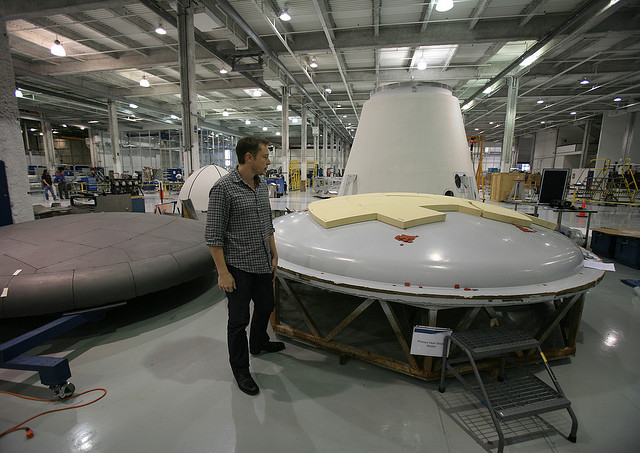As a startup mentor, I’m always amazed that some entrepreneurs seem to be an immediate hit with investors, while others struggle to get any attention at all. I realized that Venture Capital and Angel investors are actually humans, despite some views to the contrary. As with most business and personal interactions, first impressions tend to become lasting ones.
Investors know that building any business is a challenging and risky proposition, so they start with entrepreneurs who give a first impression of passion, commitment and determination to succeed. There is no room in this realm for negativism, excuses, or lack of confidence. People like Elon Musk, who has the energy to work 100-hour weeks for years, will always attract investors.
But the right personal characteristics are just the beginning. Successful businesses are measured by their results, so relevant skills, attention to details and problem-solving abilities are critical. Early in the relationship, every investor instinctively looks for some key indicators of the ability to get results, like the following:
- Communicates well in every business medium. Some entrepreneurs love to talk and produce videos, but hate to write anything down. Others send investors email and business plans in all uppercase or no punctuation. Effective communication requires real listening, as well as talking. Message delivery must be customized for each investor.
- Surrounded by the right people and track record. It takes more than one person to build a business, so the lone entrepreneur, without support from any visible team, advisors, partners, or potential customers, will not attract investors. Of course, previous successes provide more direct evidence of a network of the right people.
- Exudes integrity, humility and stability. Even business plan has strengths and weaknesses and the best entrepreneurs are able to recognize the difference. They seek to establish win-win relationships with all partners, including investors, and treat them all as trusted advisors rather than win-loss opportunities.
- Registered patents and other intellectual property. From an investor perspective, understanding and acting early to establish a sustainable competitive advantage is the best assurance of a financial return. Being the first mover or lowest cost is not a good long-term strategy.
- Already set and achieved initial milestones. Contrary to popular belief, most investors are not looking for entrepreneurs who are desperate for funding. They prefer to see a rational staged plan, already in progress, with some checkpoints achieved, as well as future ones planned. A proven business model, ready to scale, is particularly attractive.
- Evidence of adaptability and flexibility. A strategy of learning and willingness to pivot, based on market feedback, is a great survival skill and attitude, cherished by investors. Rather than hide seemingly non-productive gaps in your work to-date, investors look for logical actions and iterative small steps that could be quick to market or quick to fail.
- Expert in your chosen domain. Many key insights to success in any business can’t be learned from books or the Internet. There is no substitute for experience and trained skills in the business area you are attacking. In this context, investors are attracted to thought-leaders visible on social media and people with strong technical credentials.
By definition, entrepreneurs need to love the art from the start, and that love needs to come across as part of the first impression you deliver to any investor. Since your product or technology may still be in the early stages of development, the investor in actually investing in you and your previous achievements, as much as your current startup.
My advice is to start your networking early with potential investors to establish a relationship before they see you as an entrepreneur asking for money. The strengths of those early relationships can override all of these results indicators and let you fly with the angels without a second look when the time is right.
Image credit: CC by Steve Jurvetson




